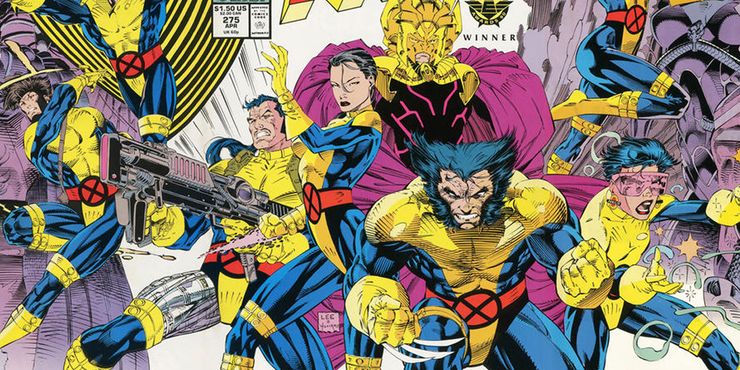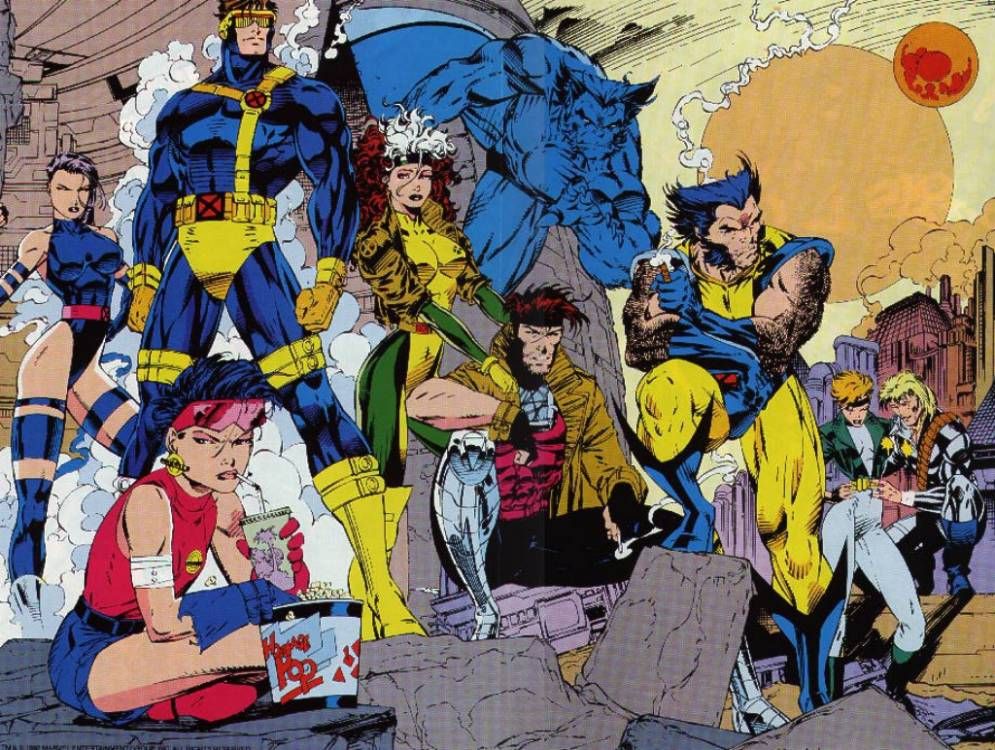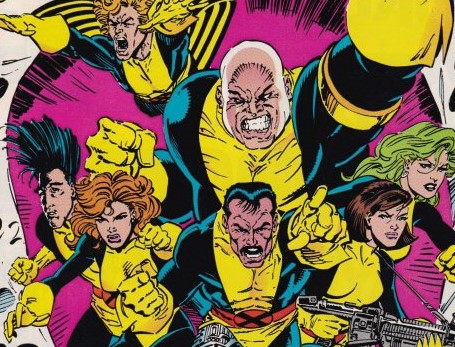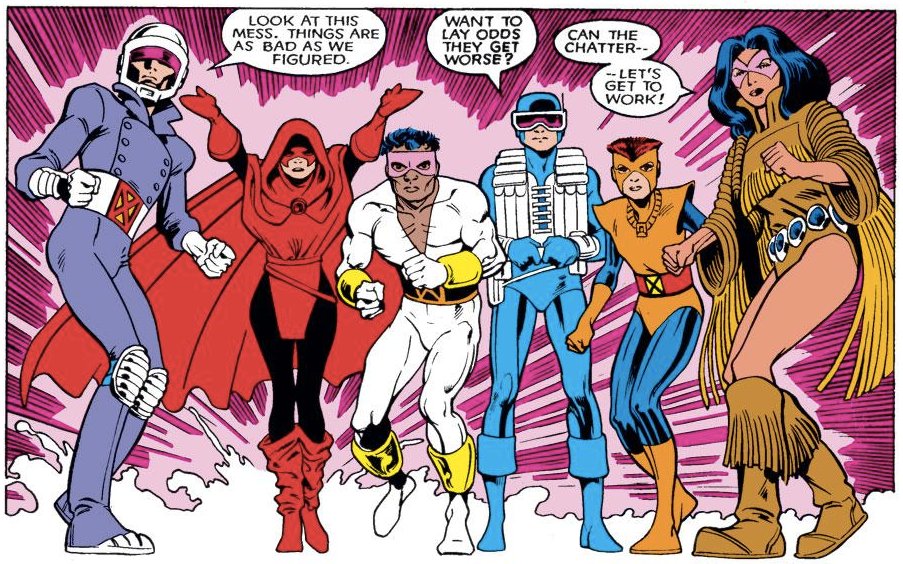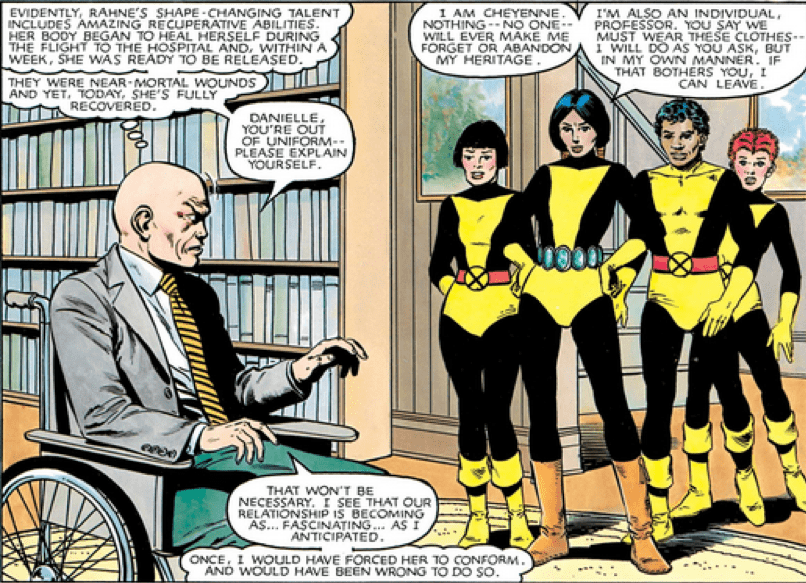Toward the end of the Claremont run, the X-Men briefly reinstated (nearly) identical costumes, providing a rare opportunity to reflect on how that choice between individualized costumes and shared costumes affects readers’ perception of character and collective. #xmen 1/5
According to co-authors Barbara Brownie and Danny Graydon, the X-uniforms express subservience, uniformity, and acceptance of a role in a greater whole, while the individualized costumes reflect an important resistance to being generalized as a minority group (mutants). 2/5
Thus, when the costumes evolve to be different, the X-Men express individuality (a major theme of the Claremont Run) but lose a bit of that unity in the process. That they’d wear them post-dissolution actually makes a lot of sense as the team was seeking reunification. 3/5
The other contrast is, of course, with the New Mutants, who have to “graduate” before they’re allowed to wear individualized costumes. This premise sets up individual costumes as an earned privilege, thus positioning individuality as something one matures toward. 4/5
Brownie & Graydon specifically point to Dani’s insistence on individualizing her costume to reflect her Cheyenne heritage, lest it be subsumed by her identity as an X-Man, a choice that creates a power battle with Xavier, the authority enforcing collective costume. 5/5
You can find Brownie & Graydon’s book "The Superhero Costume" here. It only has a brief section on X-Men, but it’s interesting and there’s lots of commentary on Superhero uniforms in general. https://www.amazon.com/Superhero-Costume-Identity-Disguise-Fiction-ebook/dp/B011OPB74W/

 Read on Twitter
Read on Twitter